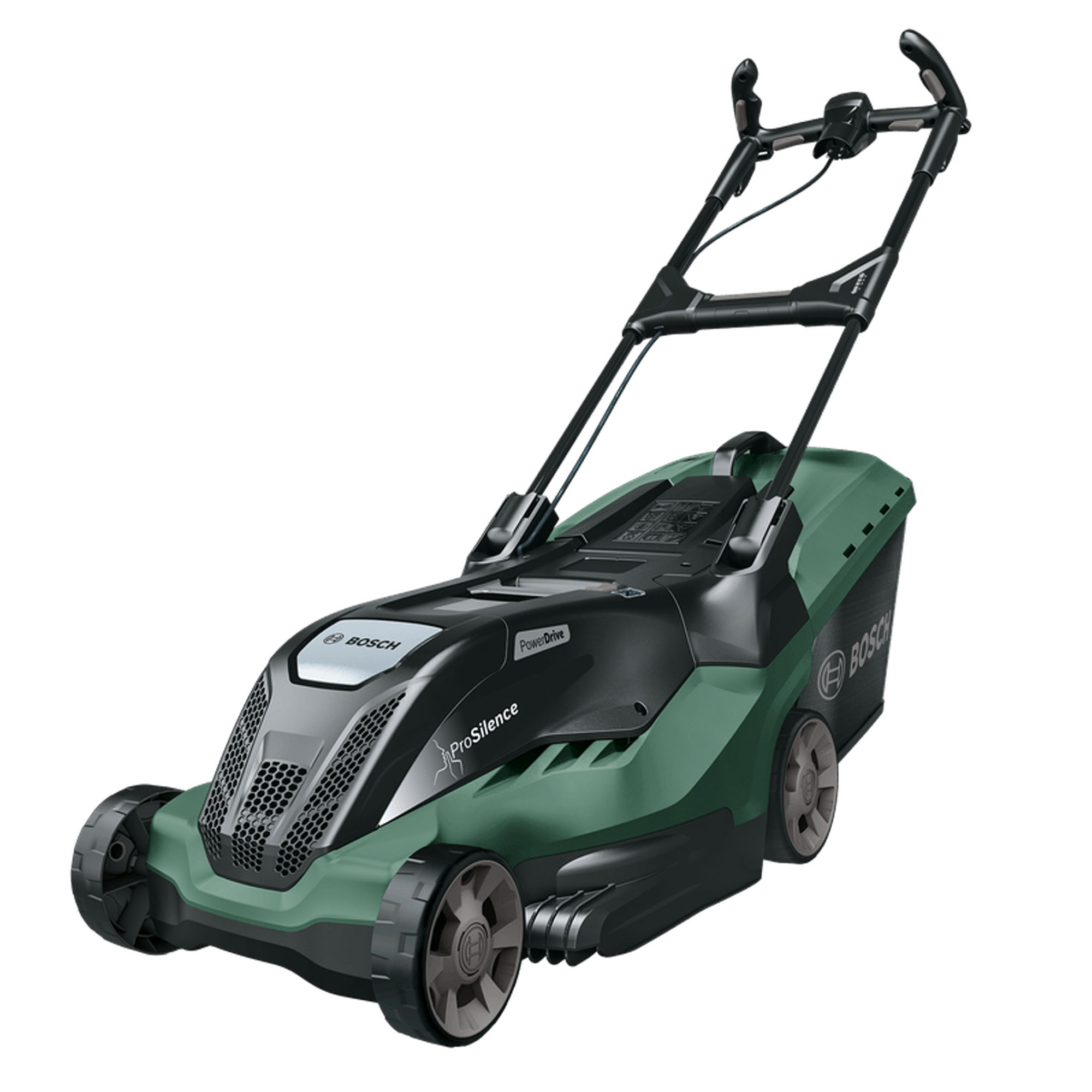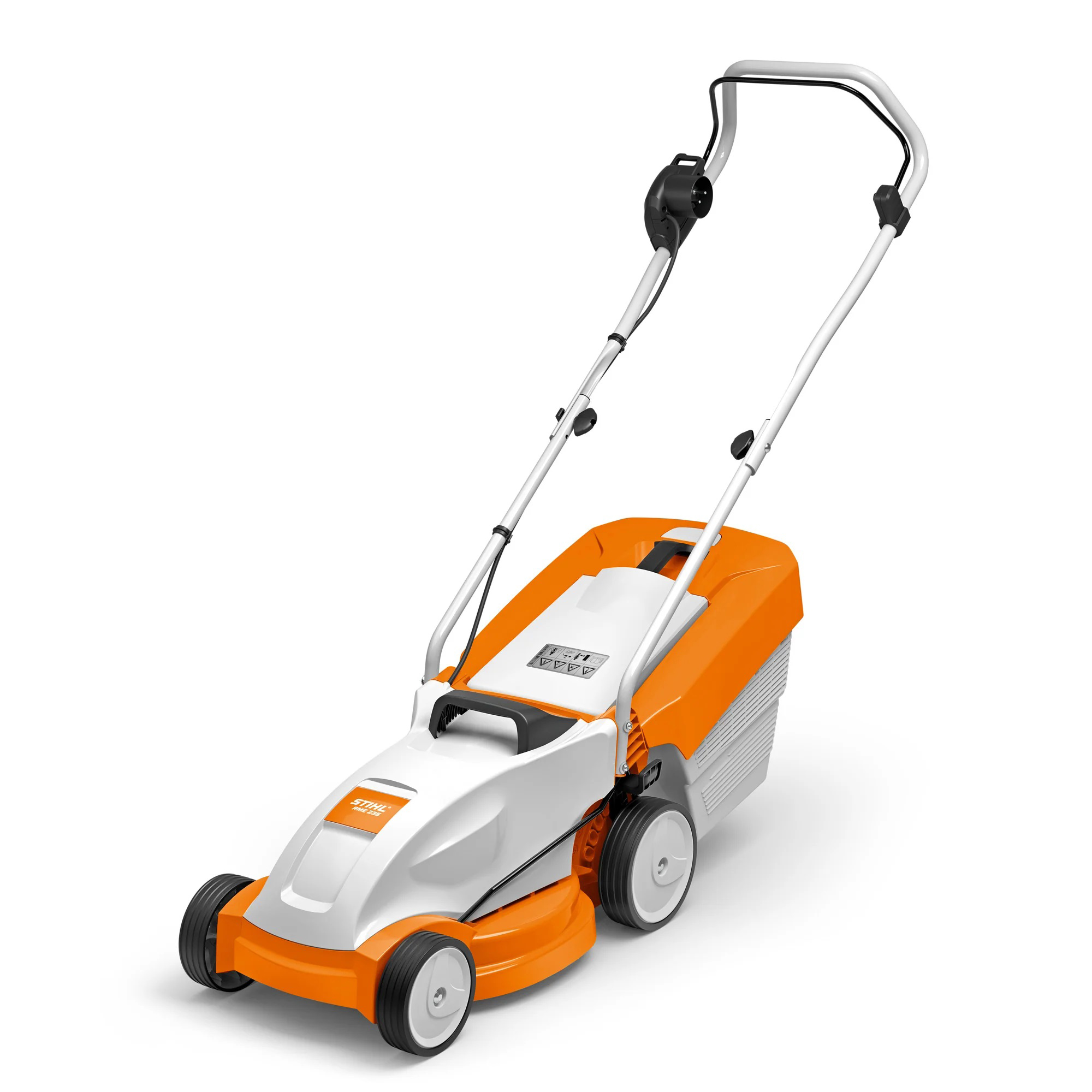How often should you mow your lawn? A month-by-month guide to cutting your grass, according to experts
Are you cutting your grass enough?


The lawn is often the largest part of any outdoor space, and it can make the whole garden look messy and unkempt when it needs a haircut. If you will do anything to put off the chore you might be wondering how often should you mow your lawn, really?
Maintaining a mowing schedule is one of the handiest lawn care tips you can have in your back pocket, and buying one of the best lawn mowers will kit you out with all of the tools necessary to complete this job. But while everyone knows that they should mow the lawn regularly, very few people realise just how regular that needs to be - especially during the summer months.
That’s why we’ve consulted with lawn care experts to determine just how often you need to cut your grass, and put together a month-by-month guide to help you understand when you need to whip out the lawn mower.
How often should you mow your lawn?
‘The best sign of good mowing is healthier grass, witnessed both by the manner in which it grows back and in the general condition of your lawn,’ explains David Hedges-Gower, Chairman of The Lawn Association. And how often you mow your lawn can make a huge difference between ‘good mowing’ and ‘bad mowing.’
Below, we’ve put together a table outlining how often you should be cutting your grass throughout the year. However, it’s important to note that this is just a guideline. In fact, that’s why David says, ‘Mow as often as the lawn’s growing behaviour (i.e. length) requires it.’
Mowing frequency by month
| MONTH | CUTS PER MONTH |
|---|---|
| January | 1-2 |
| February | 1-2 |
| March | 2-4 |
| April | 2-4 |
| May | 4-8 |
| June | 4-8 |
| July | 4-8 |
| August | 4-8 |
| September | 2-6 |
| October | 2-4 |
| November | 1-4 |
| December | 1-2 |
As a general rule of thumb, experts suggest mowing your lawn every week or two weeks during the main growing season (March to October). This will not only keep your garden neat and tidy but will also result in healthy and happy grass that looks thicker and greener. The weather and your own personal lawn requirements will affect this, though.
If you have a conventional lawn and simply want to tidy up your garden after winter, mowing your lawn once every two weeks during the spring and autumn months should be enough. However, Nick Ee, Product and Training Manager at BLACK+DECKER suggests upping that to once a week if you need to.
He explains, ‘If you find your grass grows at a rapid rate due to frequent downpours or warmer temperatures, you might find you need to cut more regularly, maybe every 4-5 days, to maintain the aesthetic of your garden space.’

‘It is important to keep your grass at a consistent height. I usually advise keeping it around 2.5 to 3.5 inches for most grass types and avoid cutting more than one-third of the grass blade’s length at a time to help promote healthy growth.’
If you have a wildflower garden and want to keep things wild, on the other hand, you should avoid mowing it during the spring. Instead, you should embrace No Mow May and give pollinators the best chance of success.
During the summer, you’ll likely need and want to mow your lawn more often. Like springtime, most people will find that once a week is enough to maintain their grass length, but if you have particularly healthy grass that grows incredibly quickly, it may need to be mown twice a week.
Of course, if you encounter high temperatures and droughts during the height of summer, you’ll need to reassess these mowing requirements. John Clifford, gardening expert at Gardenstone, explains, ‘During periods of intense heat or during droughts, you should avoid mowing it as often so that you don't damage it. When the growing conditions aren't right, it'll struggle to grow back properly and continuing to mow it will damage it.’

When winter weather arrives, it’s unlikely that you’ll need to mow your lawn too much, and some experts even suggest mowing your lawn for the final time in early November. But if we have a mild winter and your grass is still growing, giving it a haircut every now and then wouldn’t go amiss.
This is something that Ian Stephens, gardening expert at Lawn Master, does himself. He says, ‘It is a good idea to try and trim the lawn over winter as well, just to keep it looking tidy. But this would probably only be once a month over winter.’
When mowing the lawn in the winter, you should also make sure you understand the rules on cutting wet grass and avoid mowing your lawn when the ground is frozen.
However often you mow the lawn, most experts suggest sticking to the one-third rule. David says, ‘Each time you mow, you are stealing from their larder. This is why people often refer to the rule of thumb of never cutting more than one-third of the current leaf length.’

‘And this is why, if you are trying to tidy up a lawn that has been left uncut for too long, you must do it in stages over a period of time, gradually reducing the cutting height each time.’
Cut any more than that, and you may ruin your grass in the process. So, always make sure you understand your lawn mower and its blade settings before mowing your lawn.
In fact, that’s one of the reasons why Ian is such a huge fan of robomowers like this Flymo EasiLife GO 250 16cm Cordless Robotic Lawnmower from Argos. He says, ‘Something new to consider these days with the frequency of mowing is how often you should use a robot lawn mower.’
‘We see quite a few lawns cut with these, and to be honest, they can be set for mowing every day, really. Because it is just a small machine taking its time to cover the area, it is better more often as well, so there is less grass to mow.’
With this in mind, it really does go to show that how often you should mow your lawn is determined by so many different factors, from the time of year to the weather and even your lawn mower choice.
John Clifford is a director of Gardenstone, a leading garden landscaping retailer based in the UK. With over 30 years in the gardening industry and continual work alongside The National Trust, John has amassed an extensive range of gardening and planting knowledge. Alongside his younger son, John has built a strong reputation for Gardenstone as a trusted source for both high-quality garden products and expert gardening advice.

Ian Stephens is a lawn expert at Lawn Master, with over 40 years of experience in the industry. After many years working as a greenkeeper on golf courses, he has since been able to apply his knowledge to domestic lawns to achieve the same impressive results. In 2020, he also became one of Theo Paphitis’ Small Business Sunday winners.
What you’ll need



FAQs
How often should you mow the lawn UK?
During the growing season (between March and October), the general rule of thumb is that you should mow your lawn every fortnight. However, this all depends on the growing rate of your grass and the weather. You may need to mow it more often (every week), or you may need to mow it less (every three to four weeks)
Because of this, you should mow when you feel as though it needs a mow, but make sure that you only cut ⅓ of the length at a time.
Is it OK to cut grass every 2 days?
If you’re hoping for a golf-course-worthy lawn, you could cut your grass every two days if you really wanted to. However, this can be dangerous, as you may cut the grass too short and ultimately affect the health of the grass.
If you want to mow your lawn this often, make sure you only cut off a small amount at a time and opt for longer blades to ensure you don’t cut too short.
Should you leave grass clippings on lawn?
During certain months of the year, leaving grass clippings on the lawn can act as a natural fertiliser and help to improve the growing quality of your lawn. You should always remove grass clippings during your lawn’s peak growing season, however, as the clippings may smother the grass in the process.
So, how often do you mow your lawn?
Get the Ideal Home Newsletter
Sign up to our newsletter for style and decor inspiration, house makeovers, project advice and more.

Lauren Bradbury has been the Content Editor for the House Manual section since January 2025 but worked with the team as a freelancer for a year and a half before that. She graduated with a Bachelor’s degree in English and Creative Writing from the University of Chichester in 2016. Then, she dipped her toe into the world of content writing, primarily focusing on home content. After years of agency work, she decided to take the plunge and become a full-time freelancer for online publications, including Real Homes and Ideal Home, before taking on this permanent role. Now, she spends her days searching for the best decluttering and cleaning hacks and creating handy how-to guides for homeowners and renters alike, as well as testing vacuums as part of her role as the Ideal Home Certified Expert in Training on Vacuums, having spent over 110 hours testing different vacuum models to date!
-
 Will a conservatory add value to your home and how can you maximise it?
Will a conservatory add value to your home and how can you maximise it?This is what the pros say
By Amy Reeves
-
 I’ve been looking for a new signature scent for my home and The White Company's new fragrance is the exact summer holiday smell I needed
I’ve been looking for a new signature scent for my home and The White Company's new fragrance is the exact summer holiday smell I neededSantorini smells fresh, summery and sophisticated
By Kezia Reynolds
-
 How to remove algae from garden walls in five steps – and the cleaning product experts rave about for tackling it fast
How to remove algae from garden walls in five steps – and the cleaning product experts rave about for tackling it fastExperts share their top tips for getting garden walls algae-free
By Katie Sims